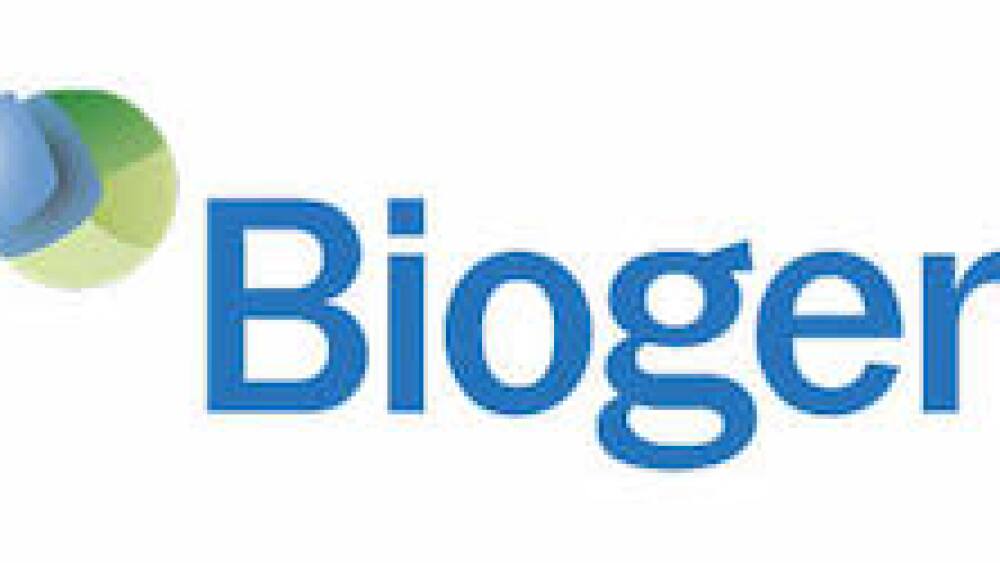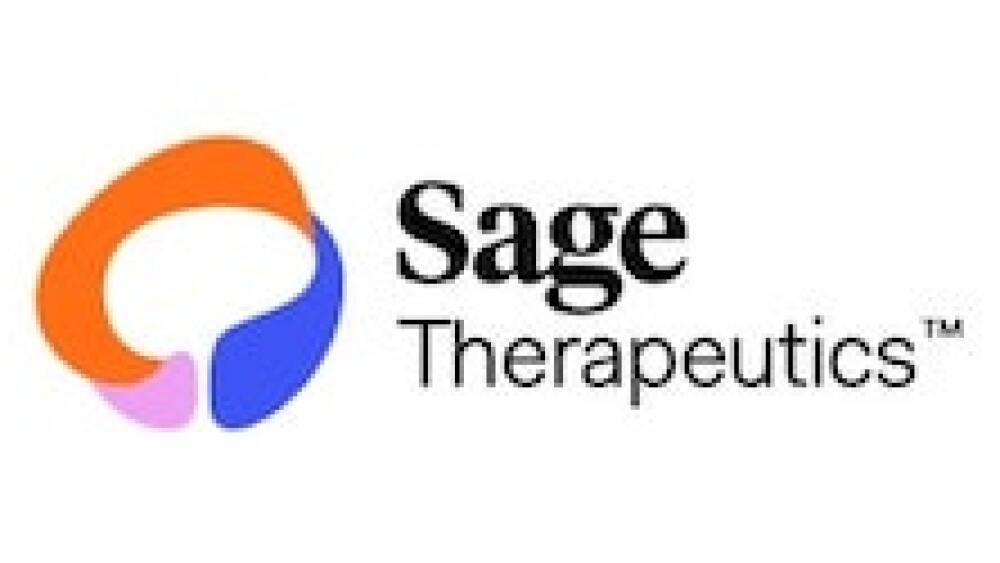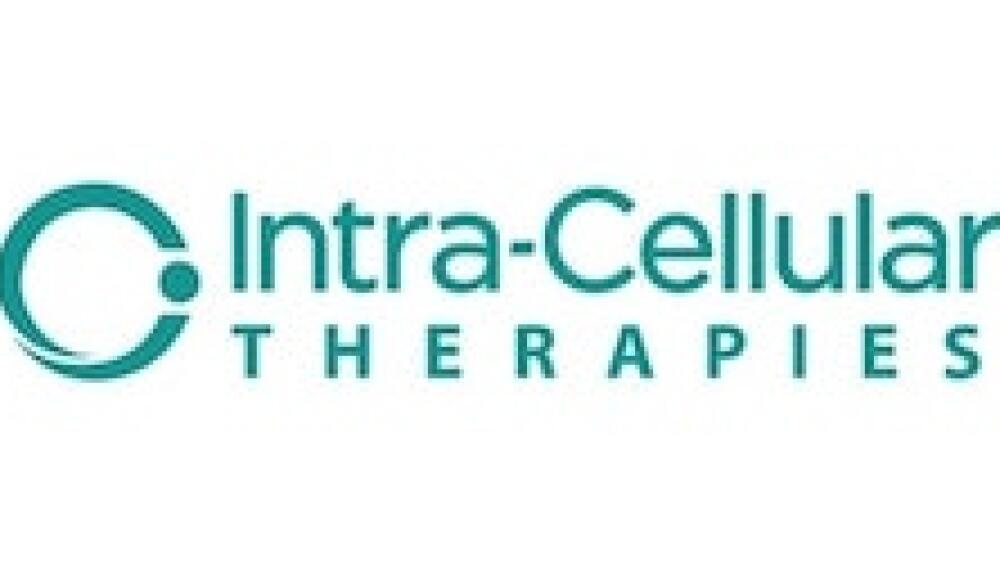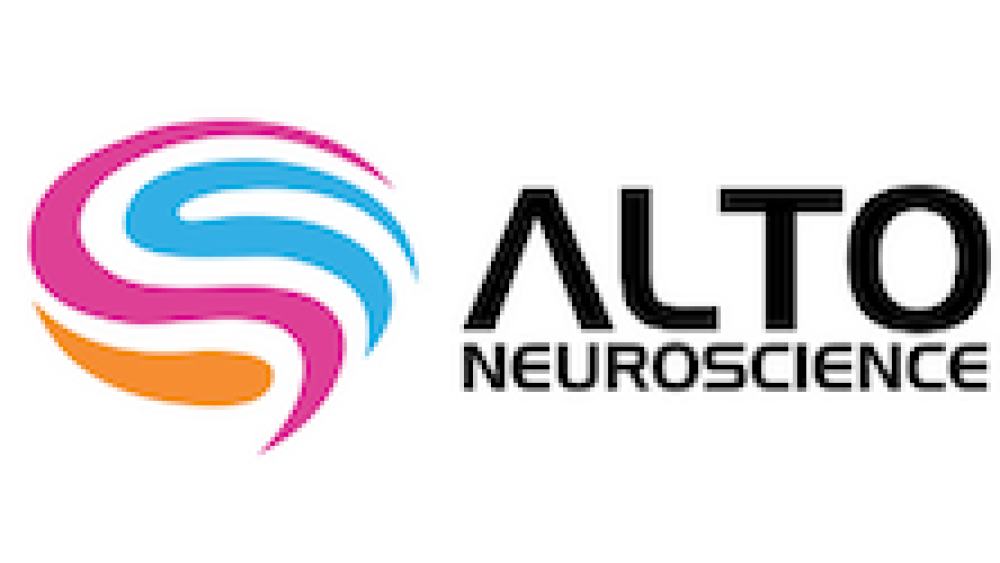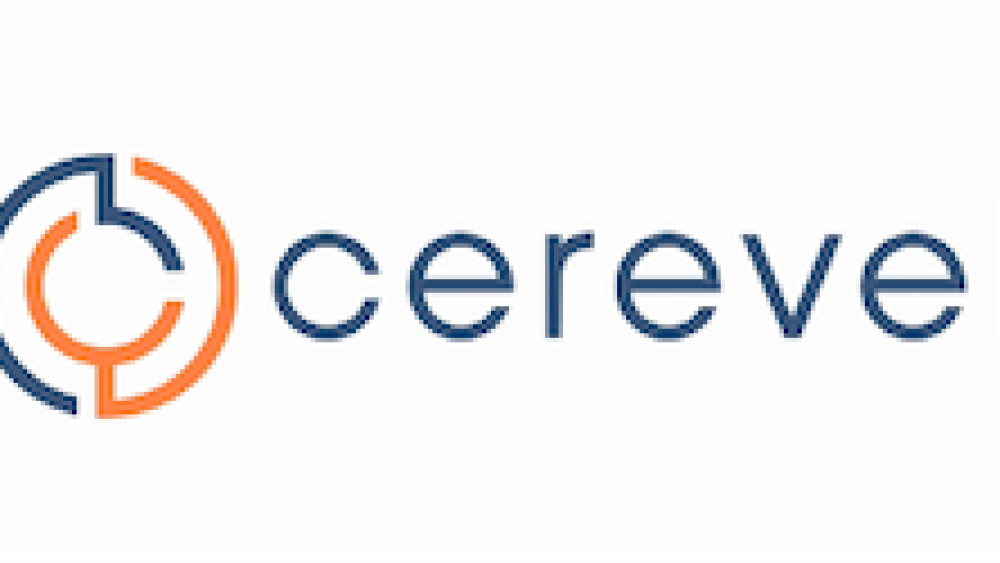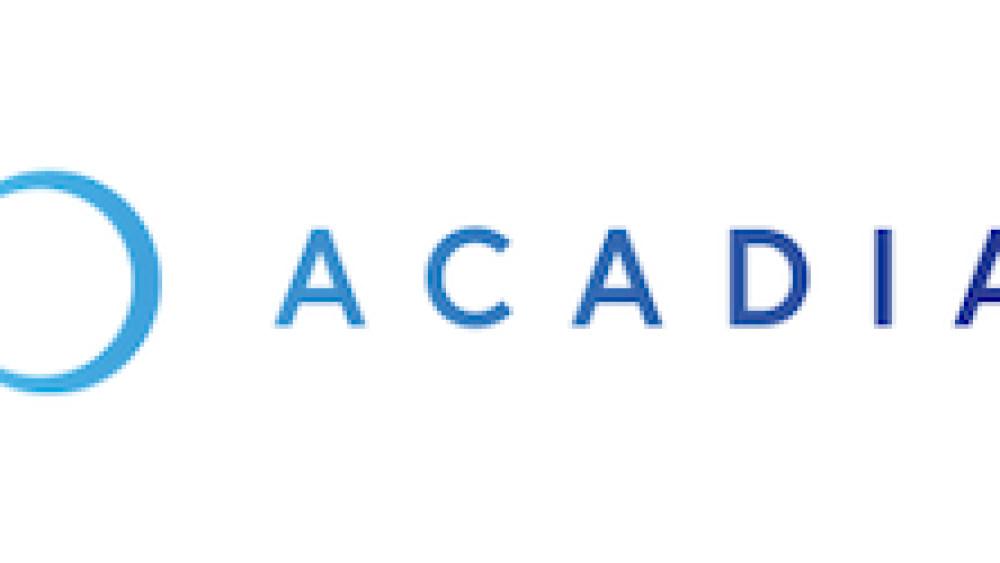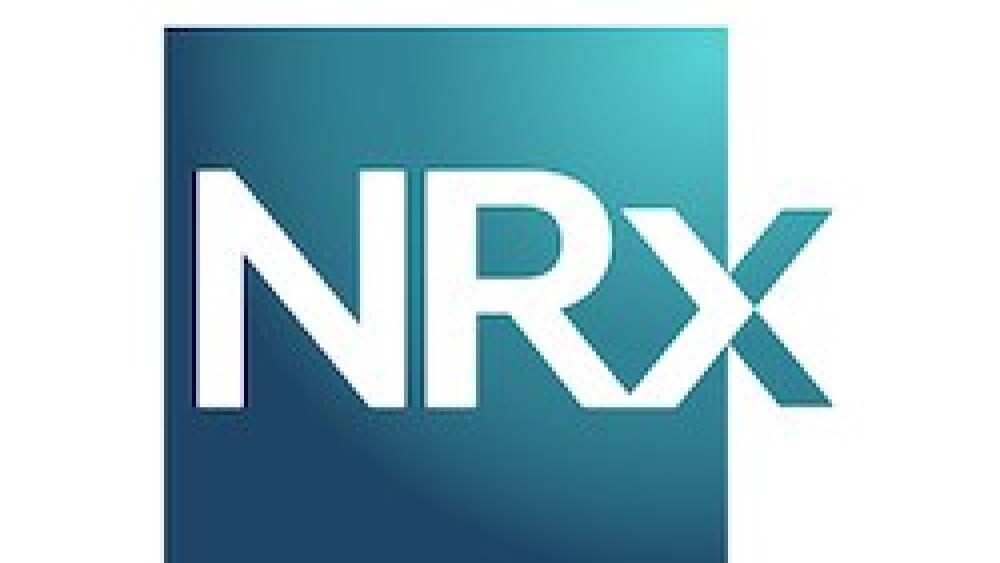With a potential $509 billion up for grabs by 2028, companies including Biogen, Sage, Karuna Therapeutics and Cerevel Therapeutics are vying to bring their drugs across the regulatory finish line.
Pictured: Conceptual drawing of the right and left sides of the brain/iStock, Warrenrandalcarr
With the recent approval of Biogen and Sage Therapeutics’ Zurzuvae—formerly zuranolone—as the first pill for postpartum depression and Karuna Therapeutics’ KarXT generating excitement in the schizophrenia space, a new day appears to be dawning for mental health therapies.
As one of the 10 leading causes of disability and mortality worldwide, neuropsychiatric disorders have a significant social impact. The global mental health treatment market hit $419 billion in 2022, according to IMARC Group, and could reach $509 billion by 2028. IMARC attributes this growth to an increasing awareness about mental health disorders through education and the availability of new treatment options as well as rising medical expenditures and the emergence of digital mental health companies.
The global market for depression treatment alone is predicted to reach $16.8 billion by 2032, according to Future Market Insights, while the global schizophrenia market is expected to hit $9.8 billion by 2030, per Prophecy Market Insights. And these are just two indications in a space that also includes bipolar depression, agitation in Alzheimer’s disease and obsessive-compulsive disorder, among several others.
The most highly anticipated treatments have one thing in common: they’re first-in-class. This is particularly true in the schizophrenia space, Graig Suvannavejh, senior biopharmaceuticals and biotechnology equity research analyst at Mizuho Americas, told BioSpace. “Doctors and patients don’t want ‘me-too’ drugs. They want something new and different.”
BioSpace looks at 10 late-stage neuropsychiatric drugs nearing regulatory review.
Depression
While Biogen and Sage won approval for zuranolone in postpartum depression (PPD), the FDA rejected the therapy in the much larger indication of major depressive disorder (MDD), punting the drug back into that particular race. In a statement responding to the Complete Response Letter, Sage CEO Barry Greene said the partners were disappointed in the verdict, “particularly amid the current mental health crisis and millions of people with MDD struggling to find symptom relief.”
With an estimated 21 million American adults experiencing at least one major depressive episode in 2021, per a survey conducted by the National Institute of Mental Health, the opportunity for biopharma is significant.
Biogen and Sage Therapeutics’ Zuranolone
Phase III
Zuranolone is a neuroactive steroid that works as a positive allosteric modulator of GABA-A receptors. The primary inhibitory neurotransmitter, GABA is widely distributed throughout the brain and associated with mood and decision-making, among other functions. It has long been a therapeutic target for depression. In the Phase III CORAL study, three days of treatment with zuranolone and a standard of care antidepressant resulted in a statistically significant reduction in depressive symptoms, and that effect lasted for two weeks. The drug failed to sufficiently outperform a placebo in an earlier Phase III trial, however, and the FDA will require Sage and Biogen to conduct further studies in MDD.
On a conference call last week, Sage CEO Barry Greene would only say that the companies are reviewing the regulator’s feedback and evaluating next steps. If ultimately approved, zuranolone would be the first 14-day treatment on the market for MDD. Most current treatments take 6–8 weeks to kick in.
Intra-Cellular Therapies’ Lumateperone
Phase III
A second contender in the MDD space is lumateperone, Intra-Cellular Therapies’ lead asset. An oral atypical antipsychotic medication, lumateperone was approved in 2019 to treat schizophrenia and received a label expansion in December 2021 for depressive episodes associated with bipolar disorder. It is marketed as Caplyta in both indications.
In March, the company reported positive results from its Phase III 403 trial that showed the drug eased the burden of depressive episodes in patients with MDD or bipolar depression with mixed features. In a posthoc analysis of the 403 study looking at a subgroup of patients with anxious depression, lumateperone significantly improved total score on the Montgomery Asberg Depression Rating Scale (MADRS) compared with placebo, results the company said “further strengthen” its confidence in the drug to treat MDD.
Suvannavejh called lumateperone “a pipeline in a product” and said the next leg of growth will come from MDD, for which the company intends to seek approval in 2024.
Alto Neuroscience’s ALTO-100
Phase II
In January, California-based Alto announced that its lead asset, ALTO-100, showed “clear evidence of efficacy” and a favorable safety profile in a Phase IIa study in MDD. ALTO-100 is now being assessed in a Phase IIb trial.
ALTO-100 aims, in part, to treat patients with depression who have difficulty with cognition. Specifically, ALTO-100 is designed to restore neural plasticity, which enables the brain to be flexible and adapt to new information. The candidate was developed using Alto’s AI-enabled biomarker platform to evaluate brain function measures like EEG and computerized behavioral tests and identify MDD patients who have trouble with cognition. ALT-100 is also being developed for post-traumatic stress disorder.
A second drug, ALTO-300, completed a Phase II trial in MDD in May, according to ClinicalTrials.gov.
Schizophrenia
Over the past half-century, up to 40 drugs—often called typical antipsychotics—have been approved to treat schizophrenia. A newer class of treatment, sometimes called atypical antipsychotics, has also reached the market. These include Johnson & Johnson’s Risperdal, Eli Lilly’s Zyprexa and Bristol Myers Squibb’s Abilify.
“There has been some really good efficacy seen with these drugs . . . but historically speaking, some of those first-generation atypical antipsychotics have had safety tolerability issues,” Suvannavejh said.
So far, all approved drugs have focused on hitting the dopamine receptor, he said. “The interest in Cerevel [Therapeutics] and Karuna, in particular, is because these two companies have programs that target a completely new, novel mechanism of action, which is the muscarinic receptor.”
Karuna Therapeutics’ KarXT
Phase III
With the potential to treat both the positive and negative symptoms of schizophrenia, Karuna’s KarXT could be paradigm changing. Currently approved therapies focus on the disorder’s positive symptoms, relating to psychosis, rather than negative symptoms, which include social withdrawal, lack of motivation and apathy toward normal interests.
If approved, KarXT would be the first new class of medicine for schizophrenia in more than 50 years, Karuna Founder and Chief Operating Officer Andrew Miller told BioSpace in April. In May, the company announced it is on track for an NDA submission in the third quarter of this year and, if successful, anticipates a launch in the second half of 2024.
An investigational agonist of muscarinic acetylcholine 1 receptors M1 and M4, KarXT has put up positive data in three registrational trials. Most recently, in March, Karuna announced that the therapy met its primary endpoint, reducing symptom severity on the Positive and Negative Syndrome Scale (PANSS). KarXT missed a secondary endpoint, failing to specifically decrease negative symptoms compared to the placebo at week five, though it did significantly reduce negative symptoms compared to placebo on two separate scales after four weeks.
KarXT is also in Phase III studies for psychosis in Alzheimer’s disease.
Cerevel Therapeutics’ Emraclidine
Phase II
The next contender in this space, emraclidine, is being developed by Cambridge, Mass.–based Cerevel Therapeutics. Like KarXT, emraclidine targets the M4 receptor. Emraclidine is currently in Phase II trials and Suvannavejh previously told BioSpace he believes the candidate to be about two years behind KarXT. In a Phase Ib study, treatment with emraclidine led to a meaningful and statistically significant improvement in PANSS total score at six weeks and was generally well-tolerated compared to placebo.
The lead asset for Cerevel, emraclidine is a positive allosteric modulator that selectively targets M4 to leverage the potential antipsychotic benefit believed to be associated with the receptor, while also minimizing the side effects associated with pan-muscarinic agonists.
Suvannavejh said he anticipates peak sales for KarXT and emraclidine combined to be $7 billion.
Acadia Pharmaceuticals’ Pimavanserin
Phase III
Targeting the negative symptoms of schizophrenia specifically, Acadia’s Pimavanserin is currently in Phase III studies. In a Phase II trial of adult schizophrenia patients with predominantly negative symptoms, the candidate elicited significant improvements versus placebo on the 16-item Negative Symptom Assessment (NSA-16) when added to existing regimens of antipsychotics.
Pimavanserin blocks two receptors in the serotonin family: 5-HT2A and, to a lesser extent, 5-HT2C. This enables it to indirectly influence circuits related to GABA, glutamate and dopamine, Dragana Bugarski-Kirola, the company’s vice president of clinical research, told BioSpace in a previous interview.
Experts who spoke with BioSpace believe KarXT is likely to be approved for the overall treatment of schizophrenia, which means pimavanserin could be the first drug specifically approved to treat negative symptoms. Acadia anticipates topline results from the Phase III ADVANCE 2 study in 2024.
Other Indications
Axsome Therapeutics’ AXS-05 for Agitation in Alzheimer’s Disease
Phase III
With nearly 6 million Americans living with Alzheimer’s disease, it is one of the most lucrative markets for companies in the neurodegenerative space—but there is also ample opportunity for those targeting a common aspect of the disease—agitation—which is seen in up to 70% of Alzheimer’s patients. This May saw the first approval for this indication in Otsuka and Lundbeck’s Rexulti. Coming up right behind them is Axsome Therapeutics with AXS-05.
Approved in August 2022 to treat major depressive disorder and marketed as Auvelity, AXS-05 could have a big opportunity in Alzheimer’s disease agitation—in the range of $1.5 billion to $3 billion, according to guidance recently released by the New York–based company.
An oral N-methyl D-aspartate (NMDA) receptor antagonist, AXS-05 hit both primary and secondary endpoints in the Phase III ACCORD trial reported in November of last year. In the study, the candidate showed “substantially and statistically significantly” delayed time to relapse and prevented relapse of agitation in patients with Alzheimer’s, the company reported. Based on these results—along with previous clinical data seen in the Phase II/III ADVANCE-1 study—Axsome stated it would meet with the FDA to discuss further development.
NRx Pharmaceuticals’ NRX-101 for Bipolar Depression
Phase III
NRX-101, being developed by Radnor, PA–based NRx, is the first investigational drug to target severe bipolar depression and acute suicidal ideation/behavior, an indication currently only treatable by electroconvulsive therapy.
An oral, fixed-dose combination of D-cycloserine and lurasidone that targets the brain’s NMDA receptor, NRX-101 is currently in Phase III studies. In January, NRx announced it had contracted its first trial site and expected to dose the first patients for suicidal ideation in early 2023. NRX-101 is also being studied in a Phase IIb/III trial for suicidal treatment-resistant bipolar depression. A data readout for this trial is expected in the fourth quarter of this year.
Biohaven’s Troriluzole for Obsessive-Compulsive Disorder
Phase III
Obsessive-compulsive disorder (OCD), an often-chronic disorder characterized by uncontrollable, reoccurring thoughts (obsessions) and behaviors (compulsions), has affected 1.2% of American adults over the past year, according to the National Institute of Mental Health.
New Haven, Connecticut–based Biohaven, seeks to treat the condition with troriluzole. A new chemical entity and tripeptide prodrug of the active metabolilte riluzole, troriluzole is being developed for both OCD and spinocerebellar ataxia. The use of troriluzole in OCD is supported by clinical data from riluzole—which is approved to treat amyotrophic lateral sclerosis (ALS)—in open-label and placebo-controlled clinical trial, according to Biohaven’s website. In a corporate update at the end of July, Biohaven said it anticipates completing enrollment in a Phase III study of the drug in OCD by the end of this year.
VistaGen Therapeutics’ Fasedienol for Social Anxiety Disorder
Phase III
Social anxiety disorder (SAD) affects 15 million American adults, according to the Anxiety and Depression Association of America—individuals who could potentially be helped by VistaGen’s fasedienol. After failing to meet the primary endpoint in the PALISADE-1 trial last July, VistaGen announced positive results last week from a second Phase III trial. In the PALISADE-2 study, the investigational nasal spray elicited a significantly greater reduction in the participants’ score in the Subjective Units of Distress Scale (SUDS), a validated tool used to measure the intensity of distress, anxiety, anger and other similar negative emotions. According to VistaGen’s announcement, PALISADE-2 is the first positive U.S. Phase III study of an investigational SAD therapy in more than 15 years.
Heather McKenzie is a senior editor at BioSpace. You can reach her at heather.mckenzie@biospace.com. Follow her on LinkedIn and Twitter @chicat08.


